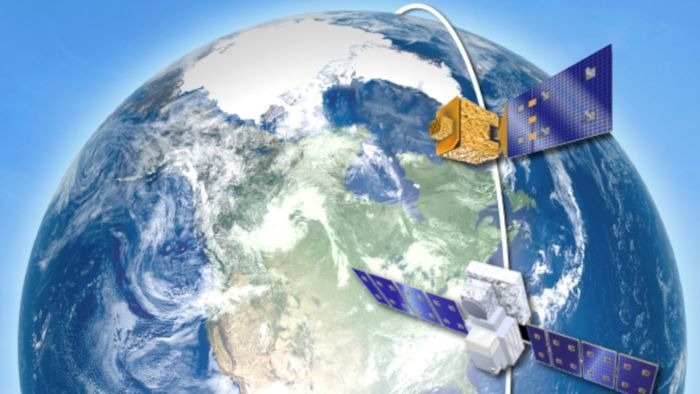ABB has been awarded a contract by the Canadian Space Agency to carry out the conceptual development (Phase A) of the Thin Ice Clouds and Far InfraRed Emissions (TICFIRE) instrument.
 Artistic representation of the HAWC mission. Image Credit: Canadian Space Agency
Artistic representation of the HAWC mission. Image Credit: Canadian Space Agency
TICFIRE is an integral component of the High-altitude Aerosols, Water Vapor and Clouds (HAWC) satellite mission - a Canadian-led initiative focused on advancing climate science and environmental monitoring. In addition, ABB will support further technology development activities to be defined over the course of the project. Through its role in the initiative, ABB is helping to refine global climate monitoring capabilities.
The HAWC mission aims to deliver essential data to enhance forecasting of severe and extreme weather events, improve climate modeling, support air quality assessments, and aid in tracking natural disasters such as wildfires, volcanic eruptions and intense rainfall. The mission will enable informed decision-making across sectors vital to human wellbeing, including health, agriculture, water resources, and biodiversity.
The TICFIRE infrared spectral imager will be designed to observe the upper atmosphere and advance scientific understanding of aerosol-cloud interactions - one of the most significant sources of uncertainty in climate modeling. The novel space instrument will allow scientists to measure how cold water vapor and its ice cloud variant block the incoming sun energy and the energy of the Earth attempting to escape into space - Earth's main cooling mechanism. Such measurements can only be carried out by placing a sensor above the atmosphere and observing it in infrared colors - and approach that has not been possible with previous technologies.
We are proud to be a part of this important scientific mission that will advance our understanding of the Earth's climate. ABB's purpose is to enable a more sustainable and resource efficient future, and it is precisely through work like this we can contribute to a deeper understanding of our planet, helping to ensure long-term resilience."
Marc Corriveau, General Manager for ABB's Measurement & Analytics division, Canada.
HAWC is intended to contribute to the potential NASA-led international Atmosphere Observing System (AOS) mission, targeted for launch in 2031. Its orbit is set to maximize observations over the Arctic.
This contract reinforces ABB's commitment to innovation and highlights the work of its 220-strong engineering team dedicated to space technologies at ABB's Quebec City facility in Canada. A leader in optical satellite instrumentation, ABB has over 40 optical instruments in orbit, monitoring the Earth's atmosphere and surface.
ABB first collaborated with the Canadian Space Agency for another atmospheric sensor, the MOPITT. Launched in 1999, it was the first to map carbon monoxide globally.